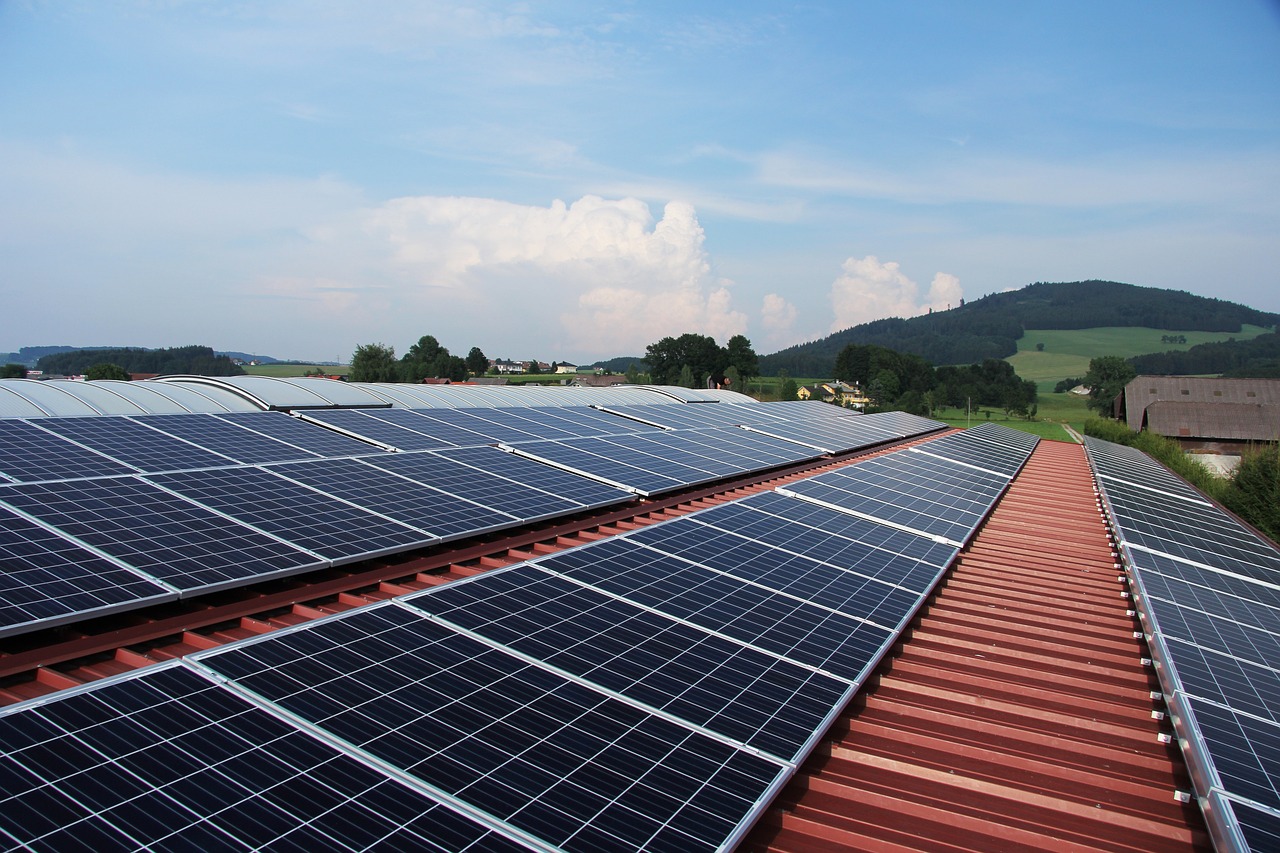
How Are Key Developments Shaping the Future of Battery Energy Storage?
- Lunis Creek BESS SLF (Texas): Availing of advanced lithium-ion batteries, this 621MW project will add flexibility and stability to the grid during peak demand periods. This large project is one of many that places Texas at the forefront of large-scale energy storage system adoption.
- Clear Fork Creek BESS SLF (Texas): Battery storage project in Texas (the capacity is yet to be specified). The pre-operational facility will employ lithium-ion technology toward future expansions of the grid; hence, it forms an important constituent of the energy infrastructure in this state.
- Bypass Project: This standalone storage facility is scheduled to be in operation by Q3 2025. With its location in Fort Bend County, the 498MWh facility is anticipated to maintain energy supply and avoid stressing the grid during periods of peak consumption.
- Dallas Energy Storage/Moss 300 - California: This 300MWh facility at Moss Landing taps Tesla's Megapack technology in order to provide critical supply-demand balance, with the ability for backup power in emergencies for California's energy grid.
- Valley Center Battery Storage Project - California: Commissioned in March of 2022, located in Valley Center, it will be providing 140MWh to the grid for reliability and stability, adding to the general clean energy aspirations of California.
Accelerating Growth in Battery Energy Storage Markets
The IRA accelerates the growth in independent storage projects by enhancing investment tax credits and thereby the economic viability of the energy storage systems. Consequently, there has been major market development, especially in Texas and California.Texas now leads the battery storage market in the United States, with installed capacity at 7.3GW and set to increase to 9.5GW by 2024.
Though California lags this figure, with an installed capacity of 3.2GW, it does not fall behind in thoughtfulness regarding implementing clean energy solutions and battery storage integration.



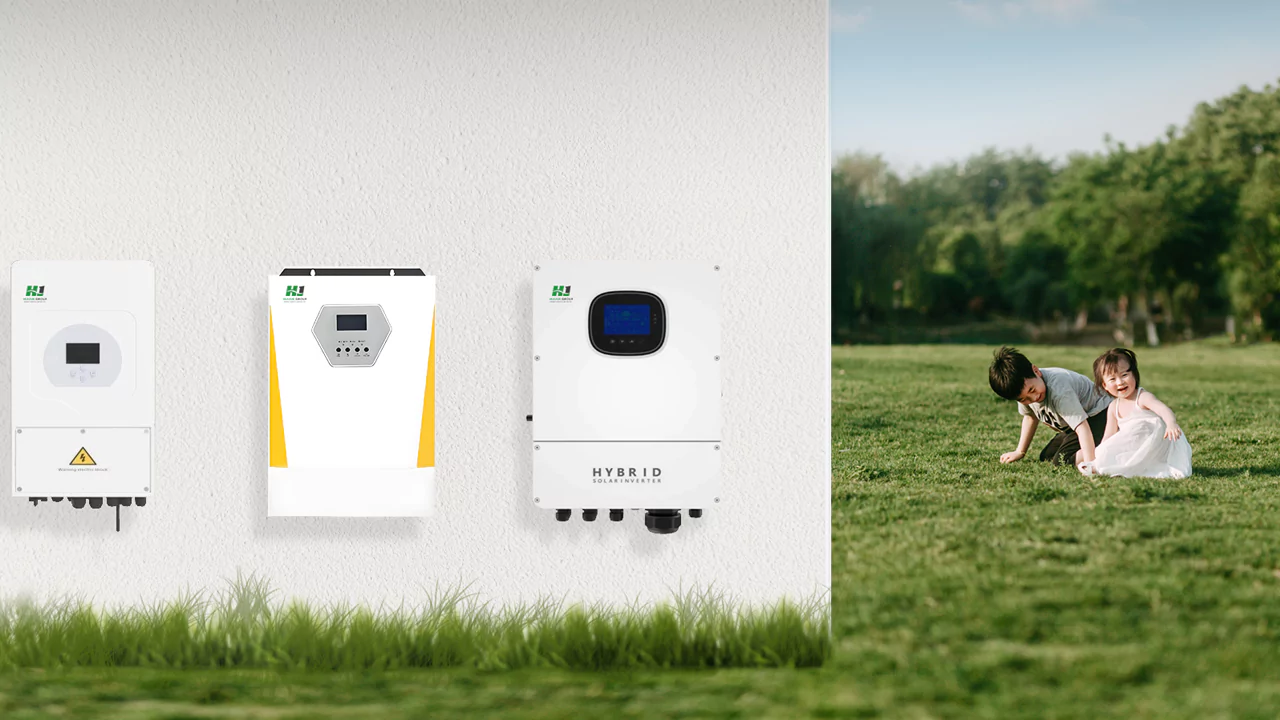
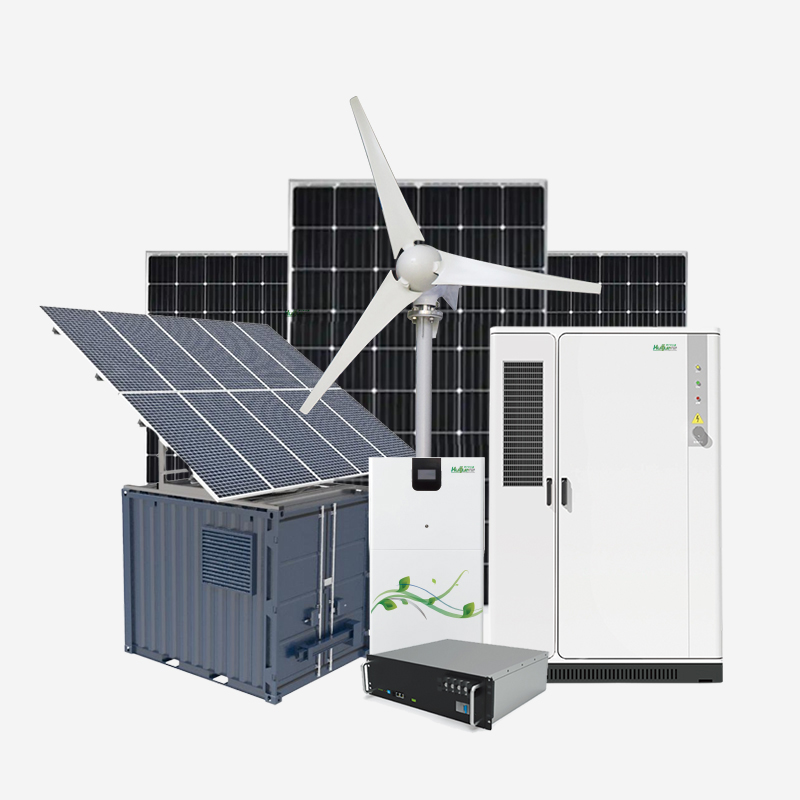
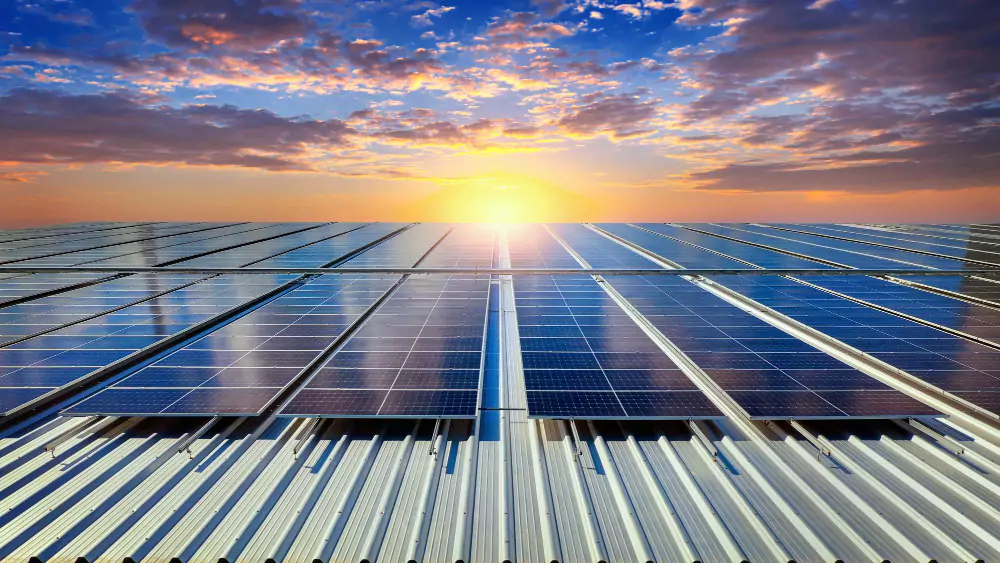
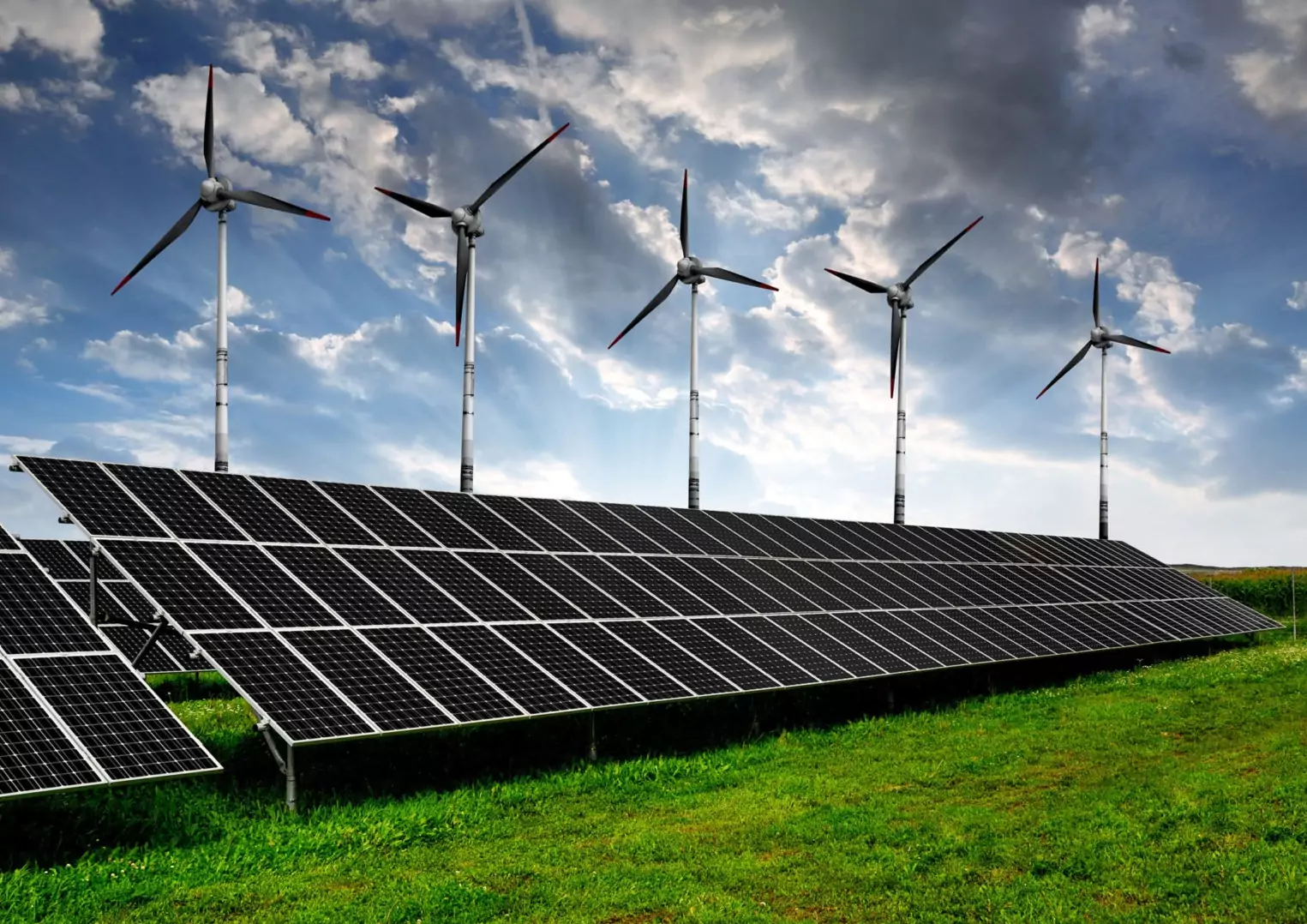
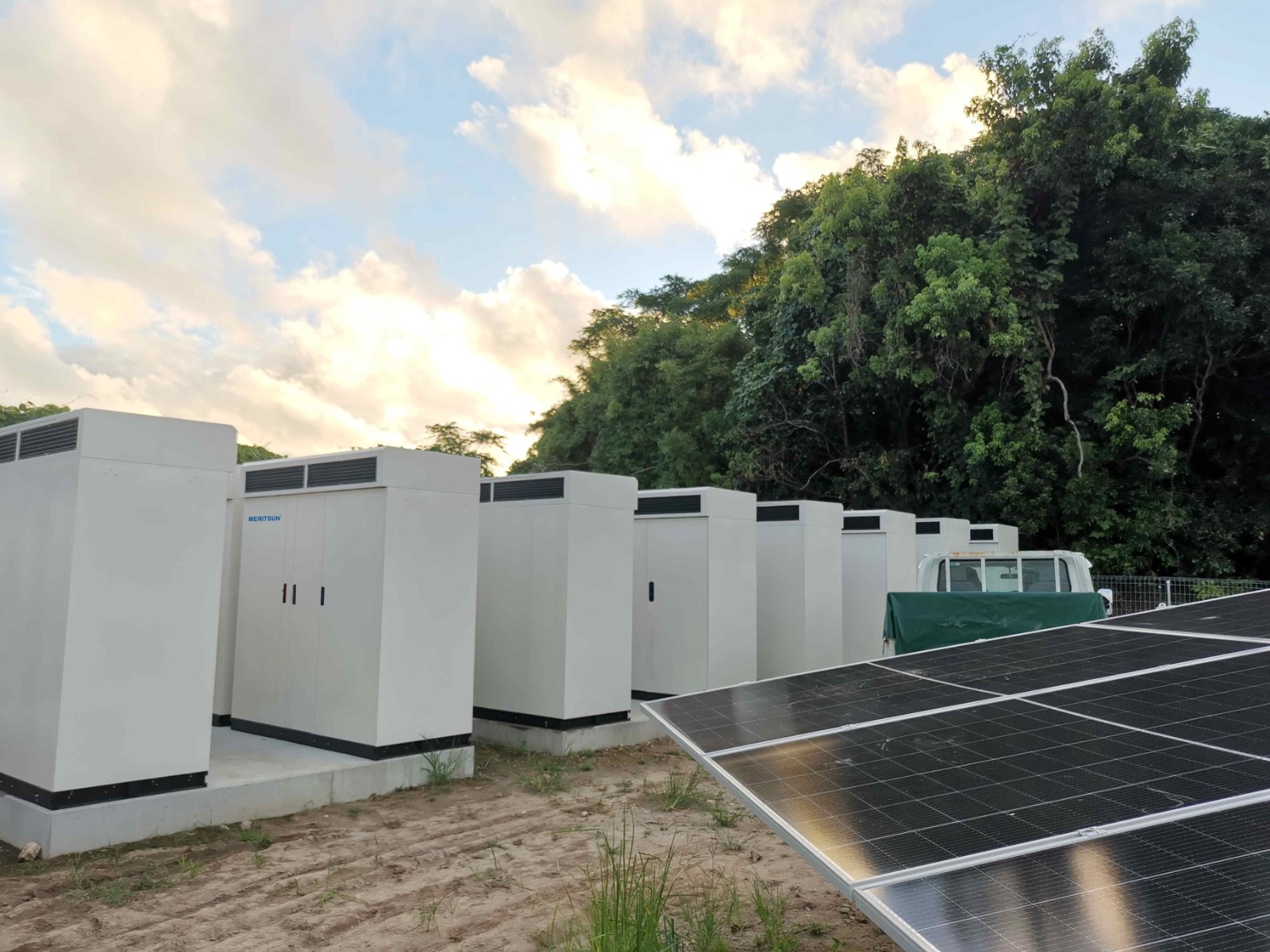


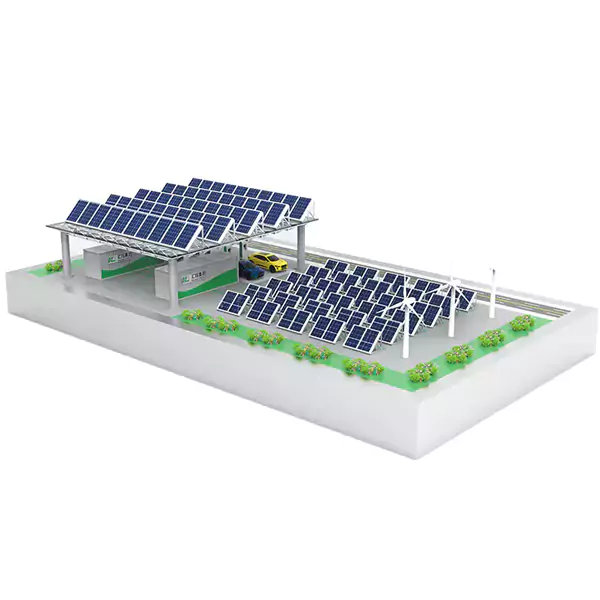

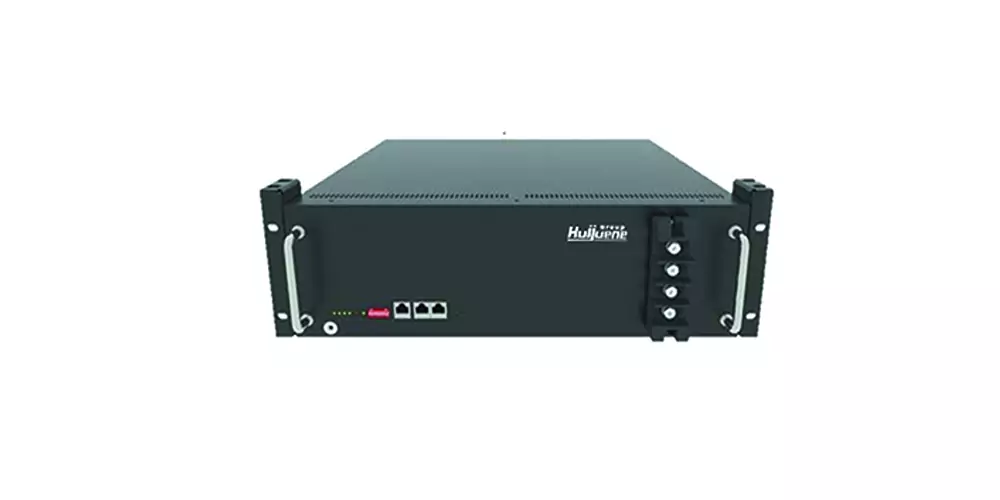

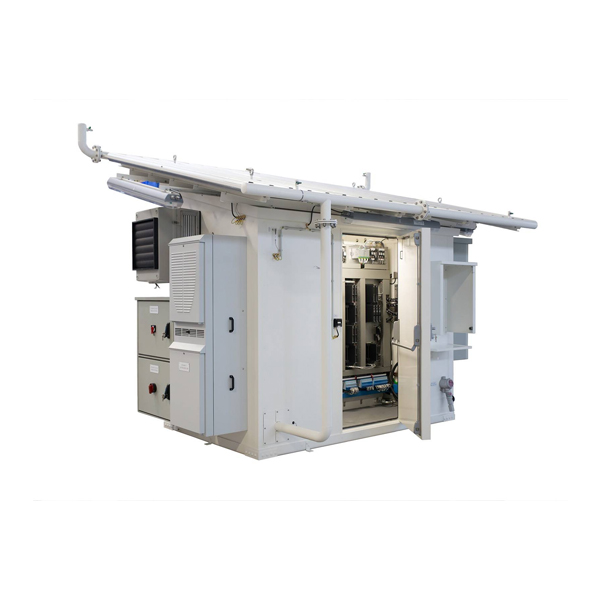
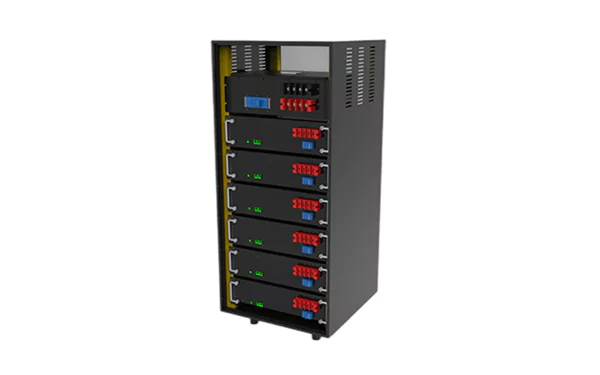
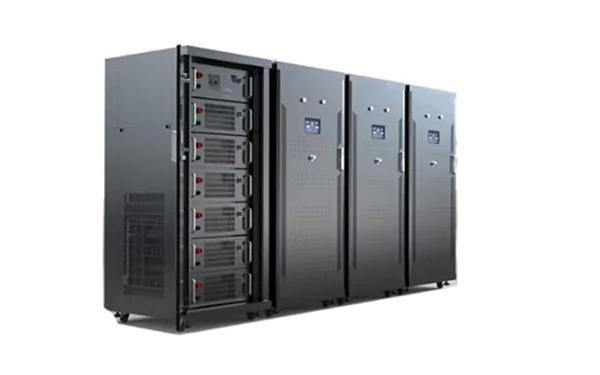
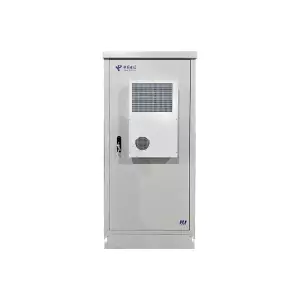

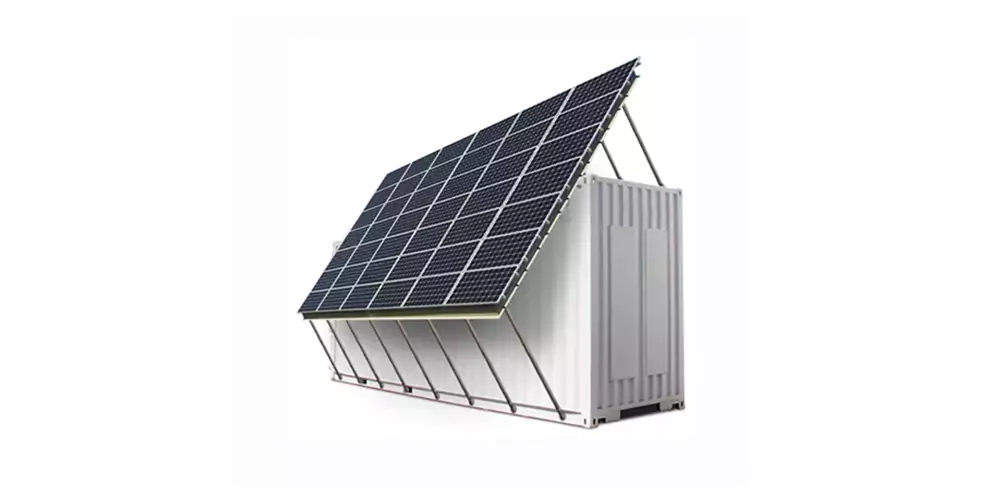

 Inquiry
Inquiry Online Chat
Online Chat